In Images: Shipwreck Identified as Naval Boat Missing Since 1921
Lost at sea
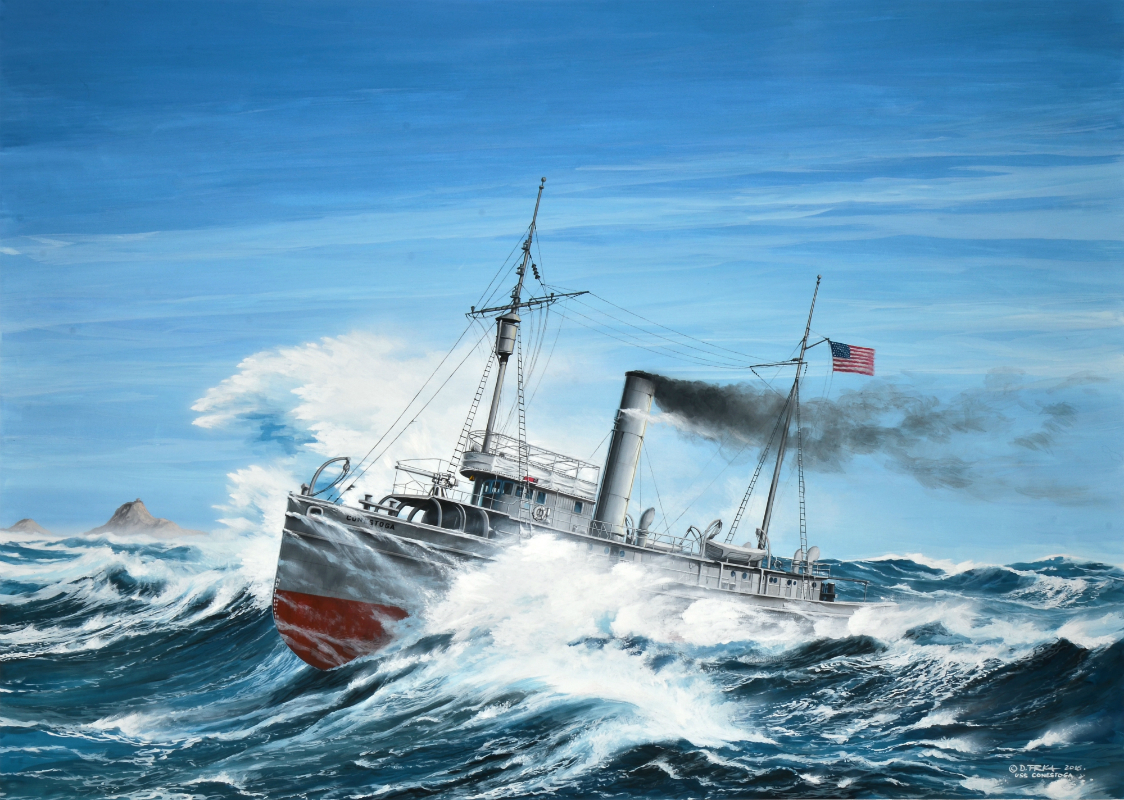
When the tugboat USS Conestoga disappeared in 1921 after leaving San Francisco Bay, the U.S. Navy launched a sea and air search that covered more than 300,000 square miles (776,996 square kilometers) in the Pacific Ocean and lasted nearly three months. But the ship and her crew appeared to have vanished without a trace.
Now, 95 years later, government agencies have finally located the missing vessel, identifying it as a shipwreck not far from its last known position nearly a century ago.
[Read the full story about the mystery of this long-lost boat]
The last image

This is the last known image of USS Conestoga from this angle, likely taken during World War I. The photo was probably snapped while the tugboat was being equipped with a 3-inch 50 caliber naval gun and two machine guns. The tugboat was later equipped with only a single 3-inch 50 caliber gun when it disappeared in 1921, while en route from Mare Island to American Samoa, by way of Pearl Harbor.
Finding a shipwreck
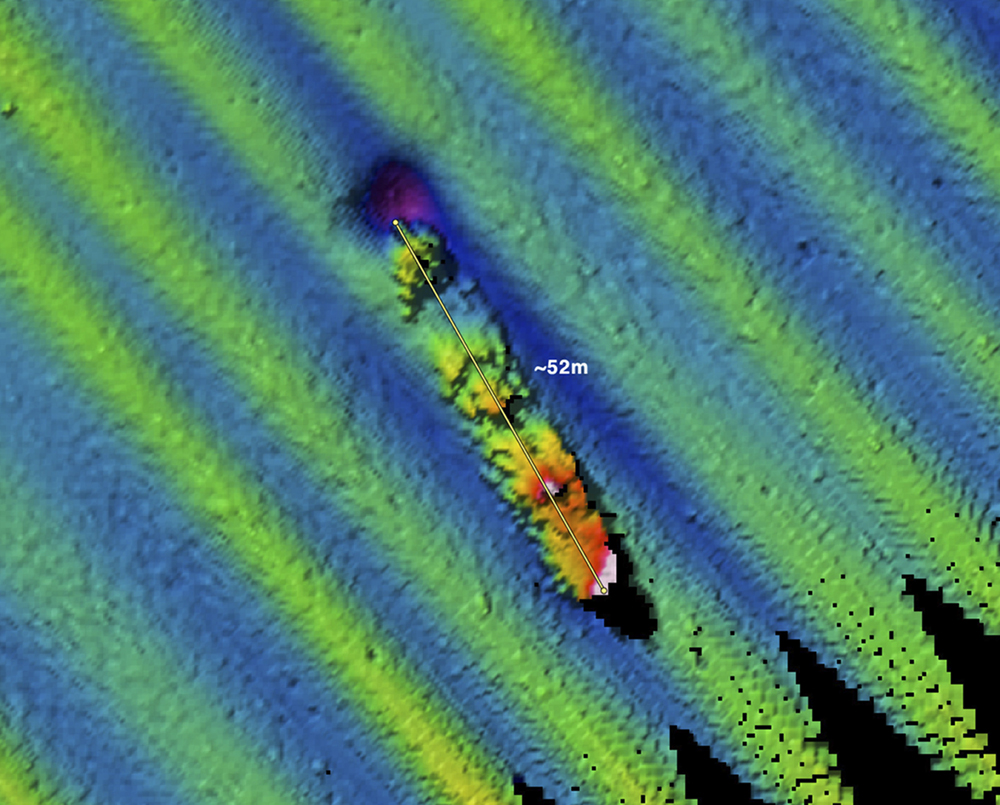
Using a NOAA/Fugro multibeam sonar survey around the Farallon Islands — a group of islands off the coast of San Francisco, California — the Office of National Marine Sanctuaries Maritime Heritage Program documented a probable shipwreck with an estimated length of 170 feet (52 meters) at a depth of 185 feet (56.5 meters) in 2009.
A once proud bow
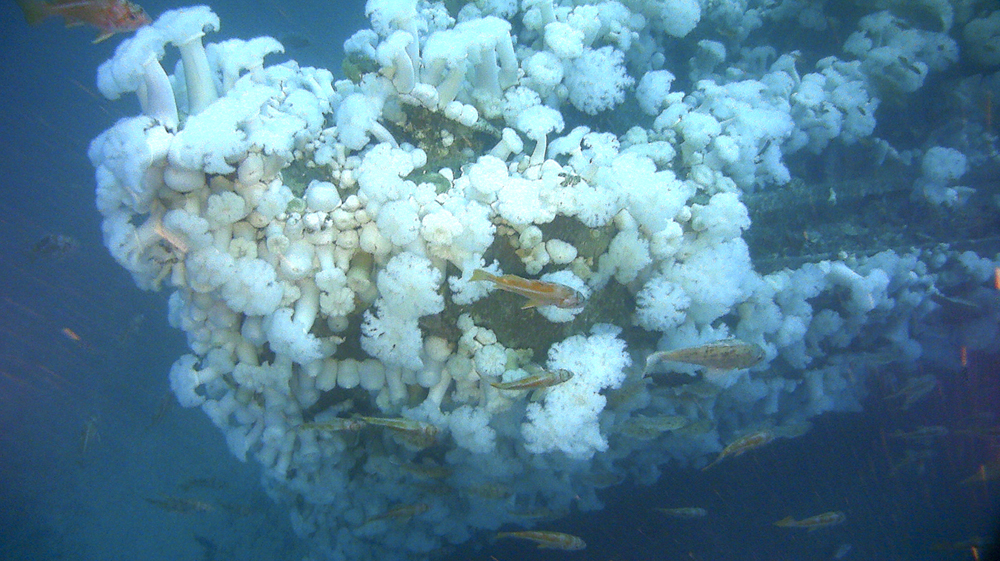
After 95 years underwater, the stem of the USS Conestoga is barely visible through the fronds of white anemones clustered on the ship's exterior.
Identifying markings
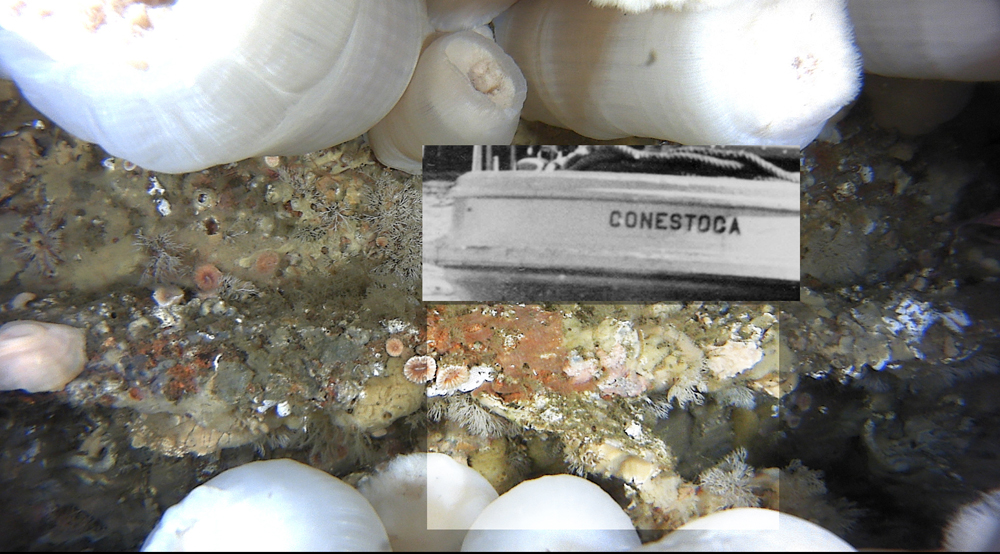
Under the barnacles and other sea growth, what is likely the vessel's name can be seen on the fantail of the ship.
Sign up for the Live Science daily newsletter now
Get the world’s most fascinating discoveries delivered straight to your inbox.
Key evidence
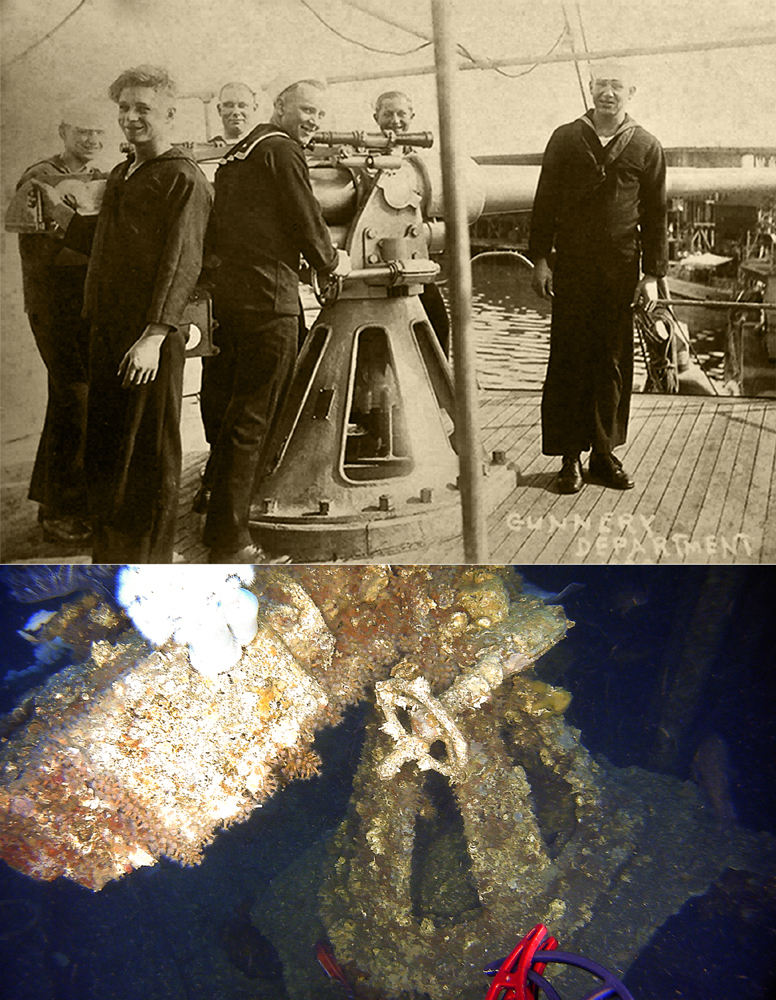
In the top image, the USS Conestoga gunnery department poses with the tugboat's 3-inch, 50 caliber naval gun in a photo taken at San Diego, California in 1921. The second photograph shows the current position of the gun, found inside the wreck near the forecastle after the gun's support platform gave way. The gun was a key diagnostic artifact allowing experts to identify the wreck as the Conestoga.
Once of great importance
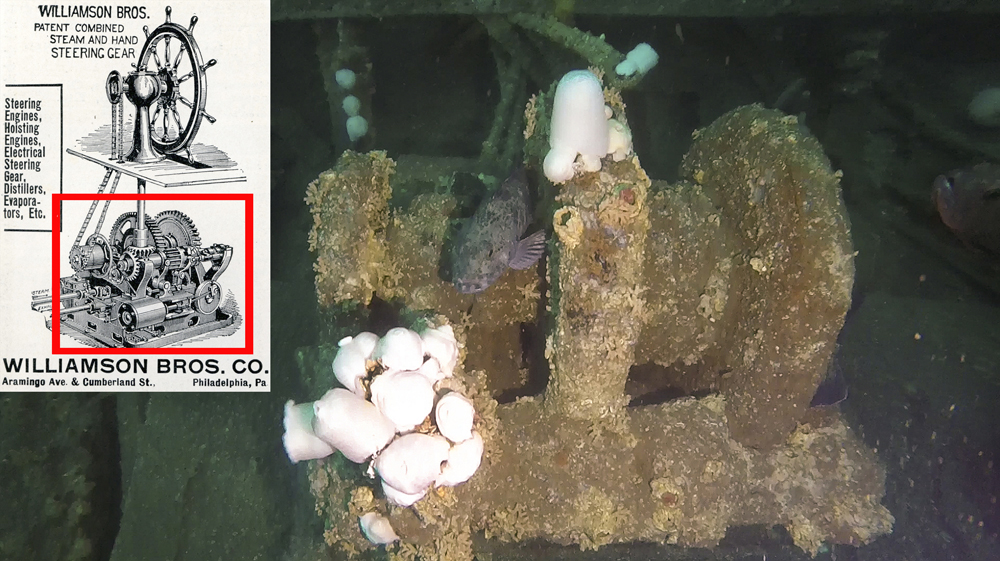
The civilian tugboat was equipped with a "power steering" system called a "Williamson steam-steering engine 4 1/2 by 4 1/2-inch double cylinders" allowing for the rotation of the steering quadrant and rudder. The steam steering gear is seen here after falling through the deck.
Powerhouse broken
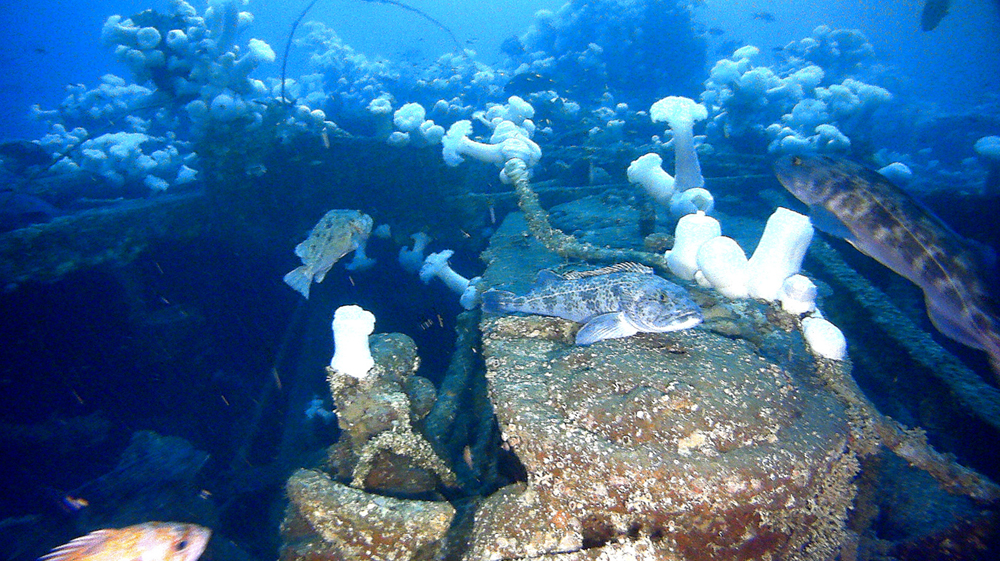
The steam engine inside the USS Conestoga was a 1000 horse power triple-expansion steam engine. The engine, the coal fired twin Scotch boilers and the coal in the coal bunker aided in verifying the wreck of the Conestoga.
Not where expected
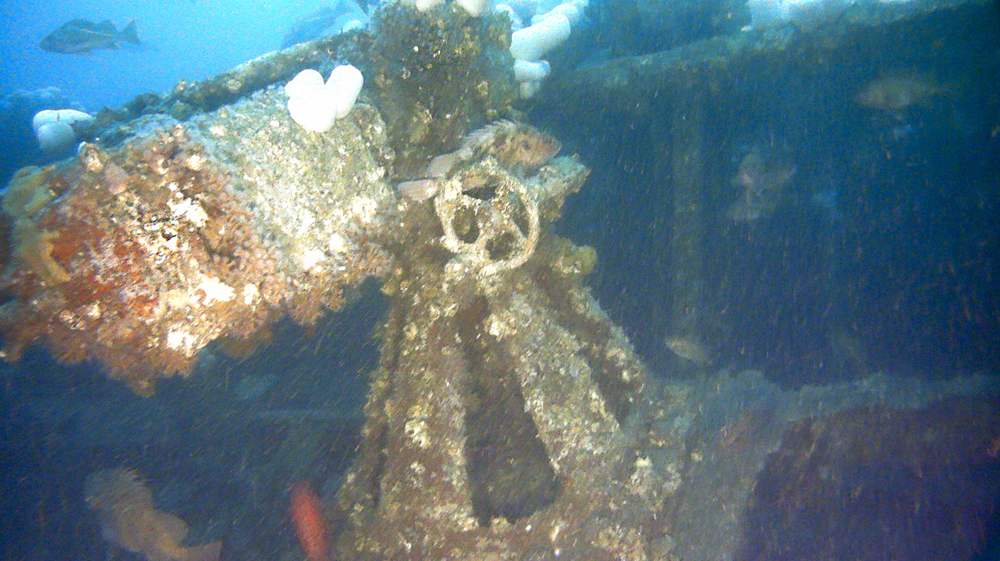
Inside the shipwreck near the forecastle, the tugboat's main gun battery now rests due to the support platform giving way. This gun was the "smoking gun" allowing the wreck to be identified as the Conestoga.
The crew
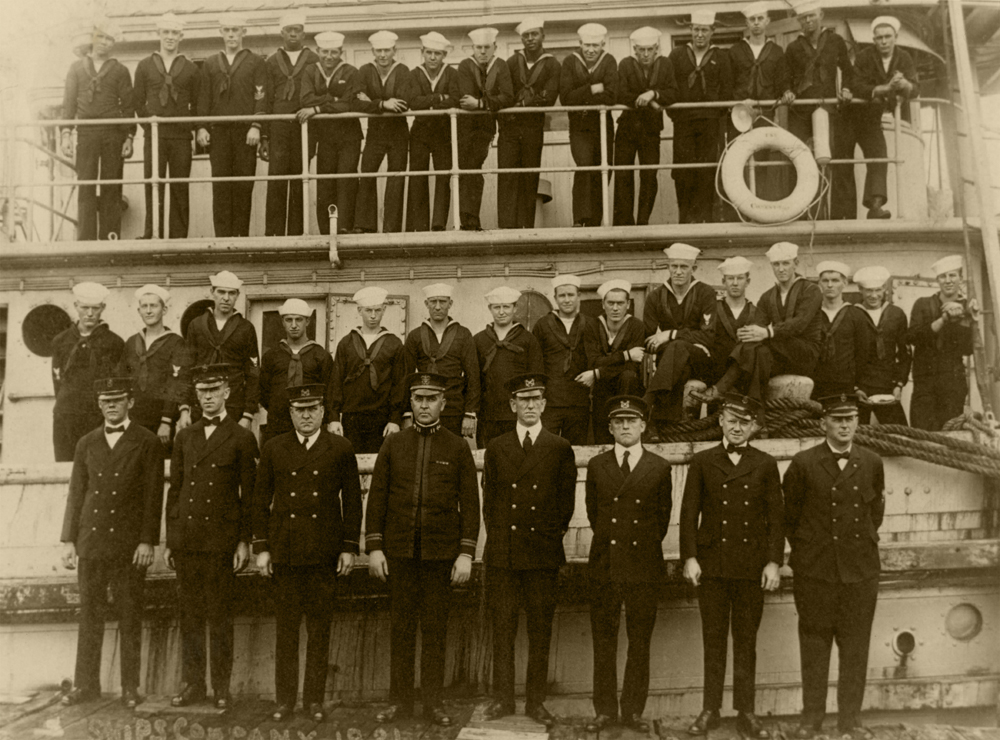
The Ship's Company stands beside and on the USS Conestoga, at San Diego, California, circa early 1921.
Search underway
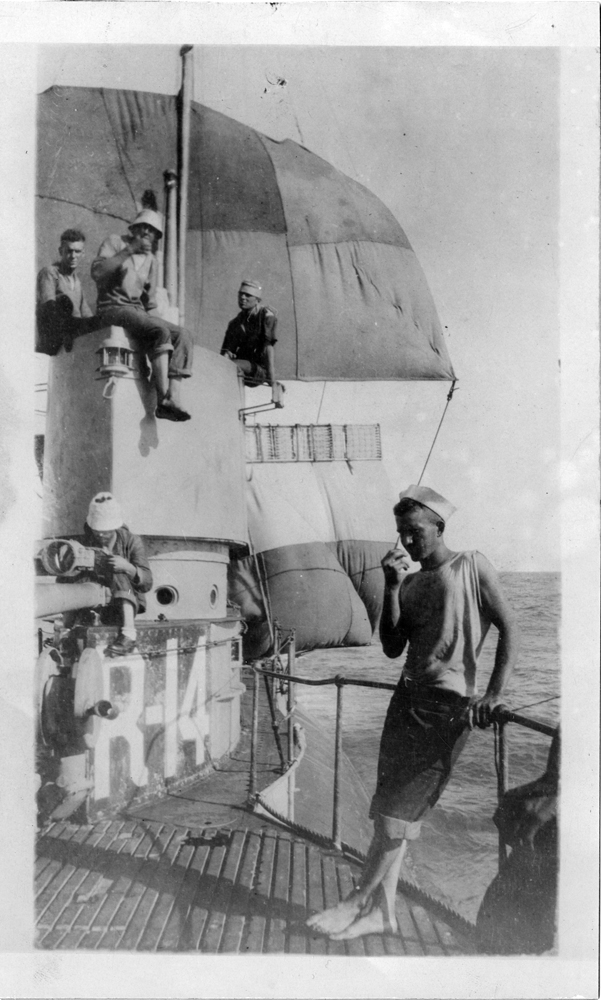
The USS R-14 (SS 91), while searching for the missing USS Conestoga (AT 54) lost her powerplant. Attempts to repair the machinery were unsuccessful so her crew rigged a jury sail to the periscope and sailed her to Hilo. She arrived there on 15 May 1921, after five days under sail.










